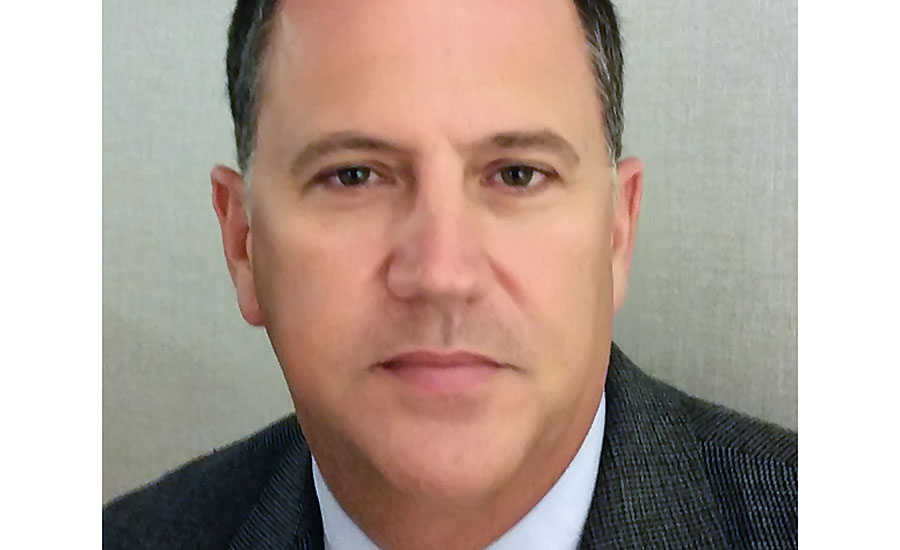It’s 2017! If you are expecting groundbreaking news from the world of pharmaceutical safety, you may have to wait a while. Let’s get a quick status report.
- During 2016 the industry spent a great deal of time working on serialization related to the roll out of the Drug Supply Chain Security Act (DSCSA). Efforts are still ongoing.
- It is estimated that there are approximately $75 billion worth of counterfeit drugs reaching the global market.
- In the U.S., opioid abuse is still expanding with estimates of affected individuals rising from 2007’s 2.1 million to more than 5 million people today and the number is growing. This equated to a $25 billion impact on the healthcare system at that time.2
These may seem like three fairly diverse topics in the world of pharmaceuticals. One would expect that the solutions to these problems would have little overlap with one another, but there is potential common ground.
Each of these problems could benefit from one style of pharmaceutical packaging: unit dose blisters.
You might ask, “How can one package form have an impact on three unique problems within pharmaceuticals?”
Starting with DSCSA, it is rather simple. DSCSA, as written, only protects unopened containers, i.e., it protects containers until they are delivered to pharmacy. Once they reach pharmacy and our age-old process of repackaging begins, the security offered by DSCSA is gone. There is no way to verify that the product which had been securely tracked through our distribution channel remains safe once the serialized container is opened. It is a gaping hole in this legislation that has to be filled, (no pun intended), it is simply a matter of when. A serialized unit dose blister going through the pharmacy to the patient eliminates the risk of pharmacy-introduced counterfeit, gray market, or returned or outdated product dispensing. This jumps right into problem number two, the increasing occurrence of counterfeits.
Counterfeiters have not been slowed down by innovative security packaging. They are masters at imitation and can copy all manner of unique designs and features. They even have taken to searching for those covert features and including them where possible. This is where serialization and unit dose come together to help out. The beauty of serialization is not the unique number. Anyone can copy a 2D barcode and duplicate what was a legitimate number in the supply chain. The beauty of the system is the peer-to-peer communication of those unique IDs in advance of shipment. In this way the recipient of a shipment of serialized containers knows “who they are” before they arrive. That’s what secures the channel. It is virtually impossible for a counterfeiter to jump in the middle of a shipment and insert illegitimate product. Carry that package through the pharmacy and into the patient’s hands and we close another door on counterfeiters.
On to opioids. Sadly, no manner of packaging changes is going to help reduce the ongoing abuse of opioids in the market. What serialized unit dose packaging can do, however, is help track the source. Opioid abuse is an interesting problem. Unlike illegally manufactured drugs that come from many sources smuggled into the country in a thousand ways or, in the case of methamphetamines, domestically manufactured, opioids come from legitimate companies, legally manufactured and distributed. We know where it came from. We know where it started and, with the complete rollout of DSCSA, we will know exactly how it traveled to pharmacy. In today’s system this is where we lose visibility; but, introduce serialized unit dose blisters and suddenly we can capture packages on the street and we will know where they were dispensed. We will then be able to see who they were prescribed to and who wrote the prescription. This is important because all of the illegally sold opioids on the street started out as legal. We need to understand where the abusive prescribing and procurement is taking place. Gaining that bit of control will be the beginning of solving this horrendous problem.
Maybe in 2017 we will see progress in solving these unique problems with a simple solution and achieve a higher level of pharmaceutical safety.
- Growing Threat from Counterfeit Medicines: Bulletin of the World Health Organization, Volume 88, 2010 #4, April 2010, 241-320
- Healthcare Costs from Opioid Abuse: A State-by-state Analysis, Matrix Global Advisors, April 2015
The Healthcare Compliance Packaging Council is a nonprofit trade association whose primary mission is the greater use of compliance-prompting packaging to improve patient adherence and patient outcomes, leading to reduced healthcare costs.
For more information on HCPC, please visit www.hcpconline.org.

